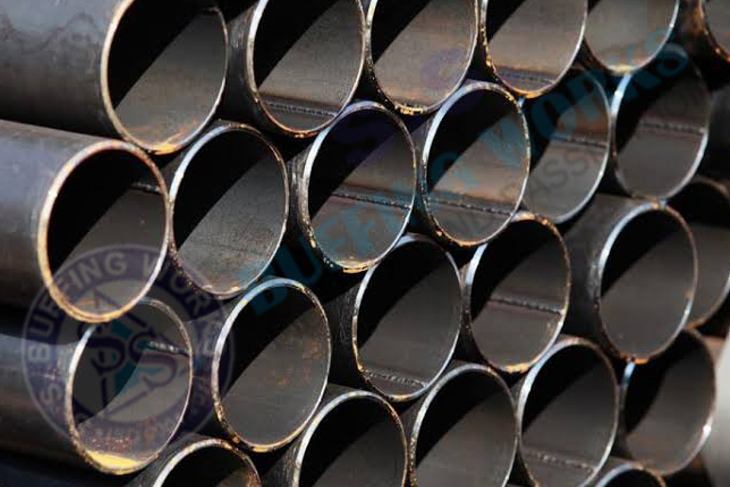A surface treatment (internal) of Carbon Steel Pickling generally consists of the removal of protective coatings and grease, in a hot alkaline solution, the removal of oxides with inhibited acids and a passivation by means of
“Carbon steels, with an alloy content less than or equal to 6%, are often pickled in hydrochloric or sulfuric acid. Steels with an alloy content greater than 6% must be pickled in two steps and other acids are used, such as phosphoric, nitric and hydrofluoric acid. Rust- and acid-resistant chromium-nickel steels are pickled traditionally in a bath of hydrofluoric and nitric acid.”
A typical carbon steel pickling job will consist of pre-cleaning, pickling and oiling. The pre-cleaning step is usually done with degreasers or hot caustic solutions. Pickling solutions normally consist of sulphuric and water. The final step in most pickling jobs is the application of a rust inhibitor. Carbon steel cleaning and pickling can also be used as a pre-treatment step prior to painting.
